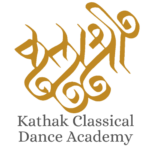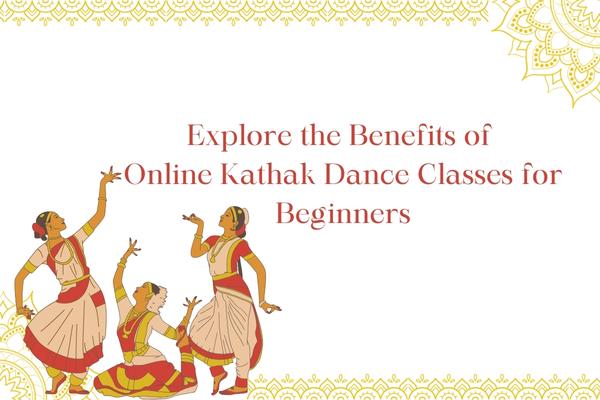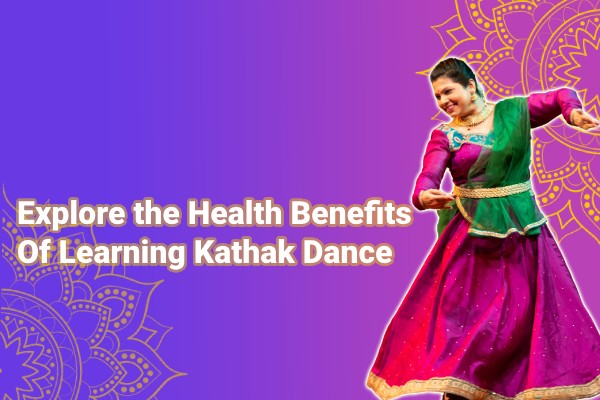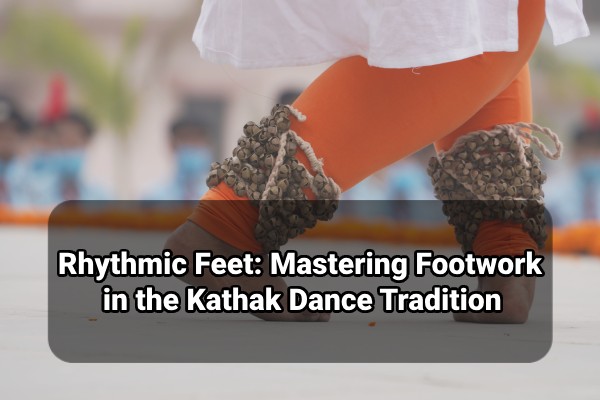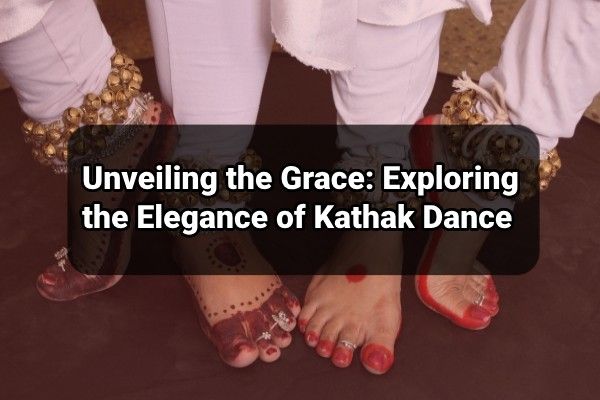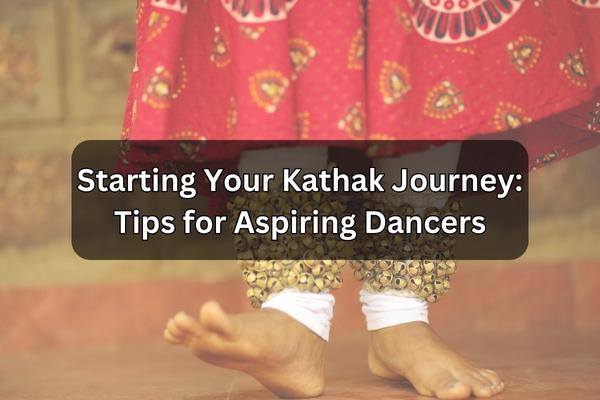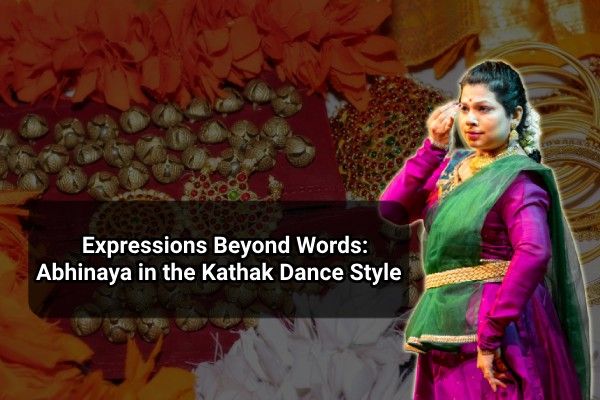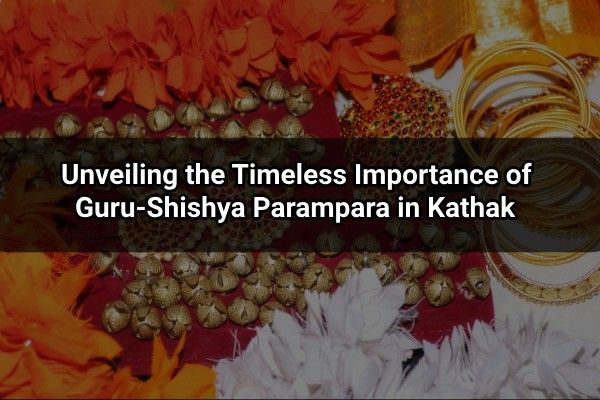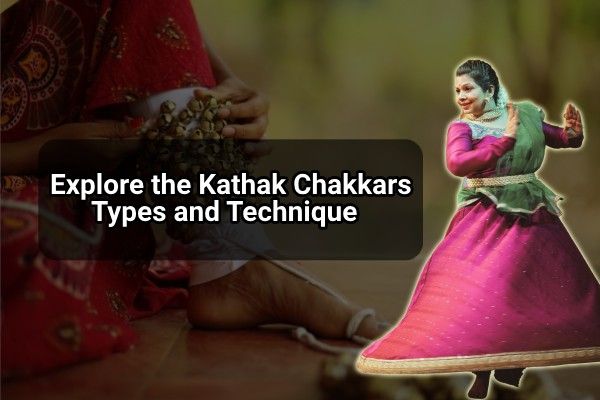Explore the Benefits of Online Kathak Dance Classes for Beginners
If you’re a beginner interested in learning Kathak, online classes can provide you with a unique and enriching experience. With the convenience and flexibility of online learning, you can explore this beautiful dance form from the comfort of your own home. In this blog, we’ll delve into the various advantages of taking online Kathak dance classes designed specifically for beginners. Learn at Your Own Pace with Online Kathak Dance Classes One of the best things about online Kathak dance classes is that they allow beginners to learn at their own pace. With pre-recorded lessons, you can rewind and replay portions of the class as many times as necessary, giving you the chance to fully understand each step before moving on to the next. Whether you’re a quick learner or need extra time to grasp the movements, these classes accommodate your individual learning style. Unlike traditional dance classes, where everyone moves together at the same pace, you can take as much time as you want to perfect each step in the comfort of your own home. These classes also offer the flexibility to fit your schedule. You can decide when and where to practice depending on what works best for you, without worrying about missing classes or feeling left behind. This personalized approach ensures that you get the most out of every class, while also making the learning process enjoyable and stress-free. So, if you’re looking for a dance class that allows you to learn at your own pace and convenience, online Kathak dance classes are the perfect option. With expert instructors and a supportive community, you can improve your skills and express yourself through this beautiful art form in a way that suits you best. Accessible Learning Anywhere, Anytime One of the key benefits of online Kathak dance classes is the accessible learning they offer. Regardless of your geographical location, you can participate in these classes from the comfort of your own home. All you need is an internet connection and a device, making it convenient for beginners to embark on their cultural journey. Flexibility to Fit Your Schedule Traditional dance classes often have fixed schedules, making it difficult for many beginners to attend consistently. However, with online Kathak dance classes, you have the flexibility to choose when and where to practice. Whether you have a busy work schedule or other commitments, these classes can be tailored to fit your lifestyle. You can participate in classes during your lunch break, in the evening, or even late at night. With the convenience of online classes, students can learn at a time that is most convenient for them. Personalized Feedback and Guidance Despite being virtual, online Kathak dance classes offer personalized feedback and guidance to beginners. Through video submissions or live sessions, you can receive constructive critiques from experienced instructors, helping you improve your technique and performance. This individual attention enhances your learning experience. Cultural Immersion and Appreciation Engaging in online Kathak dance classes allows beginners to immerse themselves in the rich culture and traditions associated with this beautiful dance form. From learning about the history of Kathak to understanding the significance of each movement, these classes provide a holistic learning experience that extends beyond the physical aspect of dance. Through the guidance of experienced instructors, beginners can gain insight into the cultural nuances of Kathak, including its origins, evolution, technique of Kathak and role in Indian society. The knowledge gained from these classes can deepen one’s appreciation for the art form and its significance, fostering a greater understanding and respect for diverse cultural expressions. Online Kathak dance classes provide a unique opportunity to experience this connection with culture and tradition from anywhere in the world. Whether you’re a beginner or an experienced dancer, these classes offer a rich and immersive learning experience that goes beyond the confines of a dance studio. Connect with a Global Community Engaging in online Kathak dance classes allows beginners to connect with a global community of dancers and enthusiasts. Through online forums, social media groups, and virtual events, you can share your journey, exchange ideas, and develop meaningful connections with people from diverse backgrounds who share a common passion for Kathak. Not only does this sense of community create a supportive environment for beginners, but it also offers opportunities for cultural exchange and learning. You can gain insight into different interpretations of Kathak, discover new music and styles, and broaden your horizons. Whether you’re seeking inspiration, feedback, or simply camaraderie, the global community of online Kathak dance classes welcomes you with open arms. Cost-Effective Learning Option Online Kathak dance classes are a cost-effective alternative to in-person classes. You can save money on commuting and studio rentals, making it a more affordable option for beginners. Plus, you can still receive high-quality dance instruction without breaking the bank. By choosing online Kathak dance classes, you can access a wealth of knowledge and expertise from the comfort of your own home, at a fraction of the cost of traditional classes. Don’t let financial constraints hold you back from pursuing your passion for Kathak. Consider online classes as a cost-effective learning option that allows you to embark on your cultural journey without compromise. In conclusion, Kathak dance classes for beginners provide numerous benefits. From the convenience and flexibility to the personalized feedback and cultural immersion, these classes offer a rewarding learning experience. Embrace the opportunity to explore Kathak and embark on a journey of self-expression, creativity, and cultural appreciation. FAQ Are these online Kathak dance classes suitable for beginners? Yes, these online Kathak dance classes are specifically designed for beginners. They offer step-by-step instructions and cater to individuals who are new to the dance form. Can I learn at my own pace? Absolutely! With pre-recorded lessons and the ability to rewind and replay, you have the freedom to learn at your own pace. Whether you need more time to grasp the movements or want to practice intensively, these classes accommodate your individual learning style. Do I need prior dance
Explore the Benefits of Online Kathak Dance Classes for Beginners Read More »
